Reestablishing Kinship with All Life in a Time of Chaos
We walk within an infinity of other-than-human consciousness. – Lyanda Lynn Haupt
A few kilometers off the east coast of Newfoundland’s Avalon Peninsula lie four small islands that teem with life throughout the summer. The Witless Bay Ecological Reserve is the nesting and breeding home for over two million seabirds. It includes the largest North American colony of Atlantic puffins and the Leach’s storm-petrel colony of 620,000 pairs.12
As our pilgrim group travels via catamaran to a close but respectful distance from the nesting areas, we are greeted by wave after wave of bouncing puffins, glancing off the water in what seems to be sheer joy. So fast and ecstatic are these horn-beaked “sea clowns,” I fear they will collide with our boat. Sometimes referred to as “little brothers of the north” for their black and white, monk-like plumage, they appear nothing like reverent clerics as they frolic in their summer home.
From a distance, the green of the islands and the waters around them seem to be filled with lively floating petals that randomly take wing, soaring in abstract patterns and then in chaotic abandon all around us, diving toward us as we float closer to them. Thousands of black-legged kittiwakes, common murres, and gulls of all varieties circle overhead, calling out in a wild cacophony that echoes in our ears and resounds in our hearts. So completely encompassed by life on the wing are we all that no separation remains; we become simply flightless birds.
Witless Bay is also the summer home of twenty-two unique whale species. At first, we strain our eyes to see the fins, rushing from one side of the boat to the other in answer to the call, “There’s one!” Too often they are gone by the time our eyes follow to the last known location. Then our boat slows. A humpback thrusts his immense body straight up out of the water and arcs into the air, rivers of water flowing down his sides, and then an enormous splash, water churning. This powerful being, so seldom seen by most of us, leaves us breathless. I look at the faces, each one with huge smiles of pure joy. “Did you see that? Did you see that?” The sky, the sea, the birds, the humpbacks, all create a symphony of beauty and connection that captures us fully and completely. Everything exists only in this time, this place.
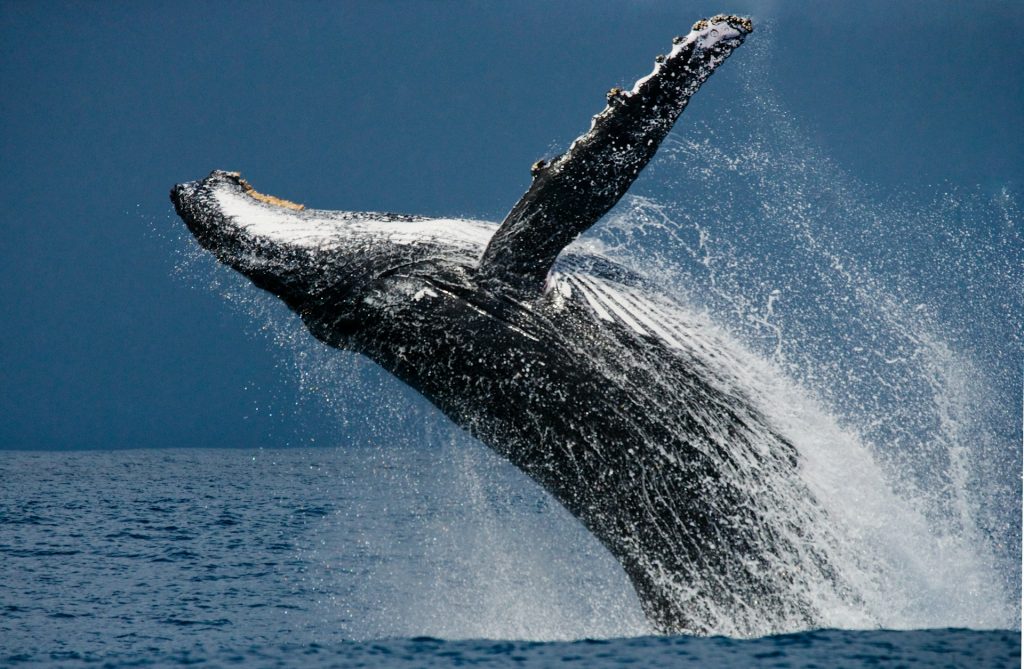
And it’s not over. One of the mates leans over the side, offering a steady drumbeat on the boat. And they come. These great giants seem to know the boat and the mate and want to offer a Newfoundland welcome to these visitors in their summer home.
Too soon, our time on the water comes to an end. Our captain announces that we’ll be heading back; we take a moment of silence to offer our gratitude for all that we have seen and to bless the lives here. Father Gerald closes with a prayer spoken over the boat’s sound system.
But we are not destined to leave yet. Another humpback, perhaps called by the prayer or her own last-minute decision, is heading directly toward our boat. We see now that her calf is with her. Only a few feet from us, she pushes the calf to the surface as if to say, “Look at my baby. Isn’t she beautiful?” Then three times they slowly circle the boat, watching us as we watch them in wordless connection. Then mother and calf take their leave, departing with the pod.
***
The story of the cosmic path of evolution isn’t in the facts, as marvelous as they are; it’s in the relationships. Life exists only through relationships. We are all kin, born of stars and still evolving. We drink water, and it becomes us; we eat plants, and they become our cells. We breathe the air of oaks, dandelions, and burning coal, and it flows through our bodies to be returned to the trees and squirrels.
If we need more proof of our relationship, we can recall that our bodies contain vast numbers of microorganisms. Biologists estimate that “90 percent of the human body consists of bacteria, rather than human cells.”13 “There are more bacteria in our gut than stars in our galaxy.”14 We are a walking, talking collection of beings that influence our health, moods, emotions, and ability to reason!
Our Western culture too often reinterprets the evolutionary pathway as a pyramid to make a case for human exceptionalism.15 Robin Wall Kimmerer reminds us that, while the Western way of knowing is to see a hierarchy of beings with humans as the pinnacle of evolution, in the Native way of knowing, “. . . humans have the least experience with how to live and thus the most to learn—we must look to our teachers among the other species for guidance.”16 Humanity cannot be separated from other beings; there is no “other.” In the sacred kingdom, everything belongs.
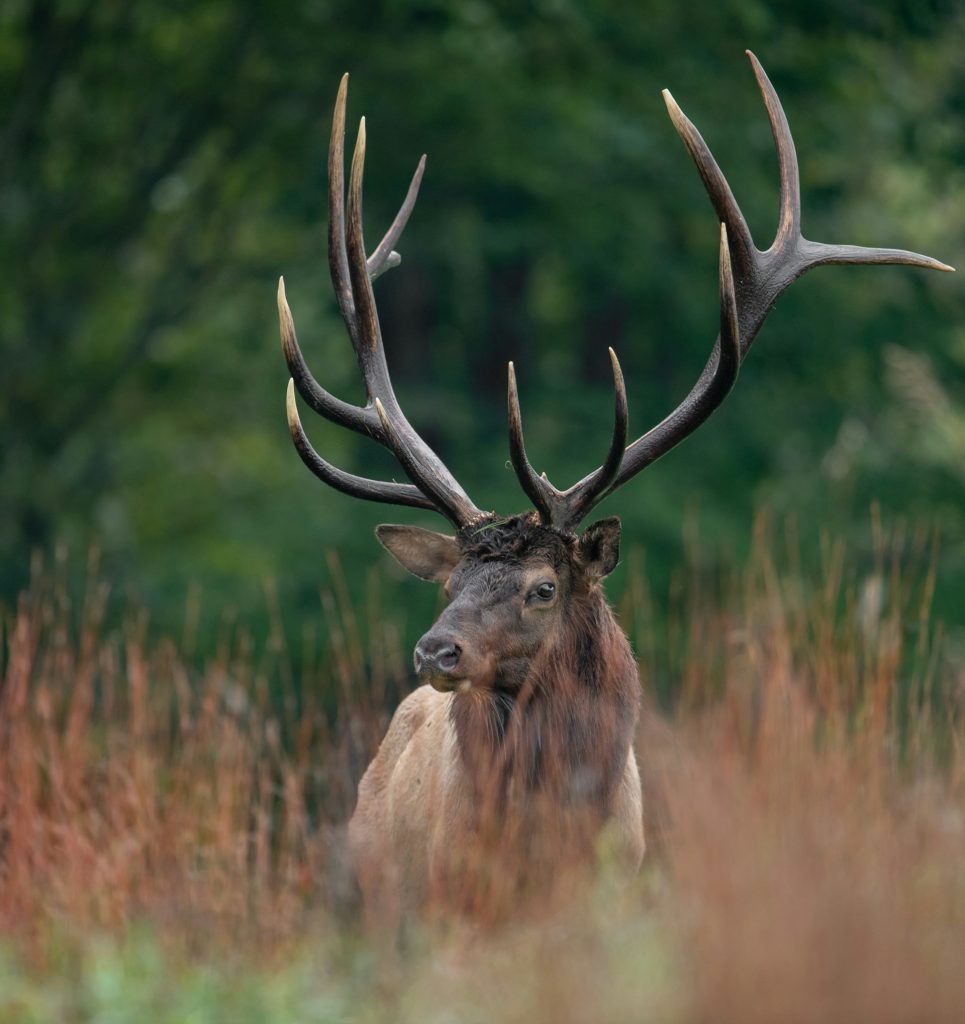
The unfolding of the universe does not stop at 13.8 billion years. We are not the culmination of the cosmic journey. The universe continues to expand; stars are being born and dying. We, like all life, are invited to co-create, through relationships, what is yet to be. What will come to pass for life on Earth in that very next step? An awesome, sacred responsibility has been entrusted to us. Our work is to reestablish our soul connections to Earth so that kinship may flourish into the future.
***
It’s not only the ties of kinship that are frayed. We have frayed our ties to kith. Although today the term kith is used interchangeably with kin, I am choosing to use it as it was sometimes used generations ago to mean homeland. I left behind wheat fields, rattlesnakes, cedars, meadowlarks, and skies that go on forever for a place that does not know me. I am living with a new family of land, sky, plants, birds, rivers, insects, animals. The trees around me do not mark a first kiss or a first step, were not planted in honor of a birth or in memory of the life of someone dear.
This land and I have not grown up or grown old together; our lives are not intertwined by shared storms or lazy afternoons shaped by the patterns of leaves and clouds. My joys and sorrows are not co-mingled with the beings of this place. Without a lifetime together, can I claim this land and her beings as kith and kin? Is it too late to be adopted into the family of this place?
***
Early immigrants who moved across this country did not immediately forget their homeland. They brought with them memories of a landscape that represented comfort, safety, and familiarity. Even though their diaries and letters described the wondrous abundance of life (birds darkening the sky, forests dense with trees, wild game beyond imagining), the urge to reshape the new land to something akin to their original homeland was strong. Swamps and marshes were drained; it was simply unimaginable that these bug-infested places were of any value. Old-growth forests were cut down not only for homes, heat, and passage, but also for pasture and farmland. Pigs and cattle ran wild, destroying understories that had flourished for lifetimes. Birds and animals were killed at an unimaginable rate for food, fur, feathers, or sport. Vast tall-grass prairies were broken by plows. Seeds and plants were brought to the new land and grown with little or no understanding of regard for the impact on native species.
Is it any wonder that so many place names begin with “new,” when what was most valued was an iteration of the land that immigrants had known before? And the mindset that encouraged conquering the land also permitted the conquering of people whose homeland stood in the way of what was considered progress.
In The Nutmeg’s Curse, Amitav Ghosh reaches into the writings of science fiction to claim a term sufficiently broad and shocking to indicate the scale and rapidity with which the land was altered: terraforming. The impetus to terraform the land has been, he wrote, “a mode of warfare, of a distinctive kind.”17 Surely such warfare, encouraged by immoral doctrines like Manifest Destiny and the Doctrine of Discovery, weighs heavily on our collective soul—more so for rarely having been brought into the light for reexamination, reckoning, repentance, or restitution.
No doubt other factors contribute to the dark unrest that weaves among us, but we cannot ignore the contribution of disconnection from the land and each other. How is it possible to live fully aligned with our truest selves unless we are in relationship to life around us? Perhaps when we lost the meaning of the word kith, we also lost awareness of our need for soul connection to place; we failed to realize that without kith and kin, our hearts would break, and our moral compass would run amok.
I understand the desire for a new place, for I was infused with wanderlust. I’m not clear why that was. Perhaps it was the positive way my parents spoke of the possibilities when we moved several times for Dad’s job in my elementary school years. Maybe traces of this urge to move were embedded in my DNA by my roving ancestors. Certainly, I came from a long line of seemingly unsettled people, staying in one place for only a generation or two until responding to the call to move west.
Whatever the reason, I carried into adulthood a sense that travel was an adventure not to be missed. Married at twenty-two to a man who could be counted on to say yes to a quest, we wandered together, living in two countries, eight states, and twenty-one homes—with four careers and multiple jobs for me—before landing in West Virginia.
I love the life I’ve led. Yet I wonder about the price my ancestors and I have paid for so often severing ties to the land. Can we repair the breach to live in the deep connection with kith and kin for which our souls yearn? I ponder this as I walk the woods near my West Virginia home. I worry that the time I have left may be insufficient for rebuilding relationships with the more distant relatives with whom I now live.
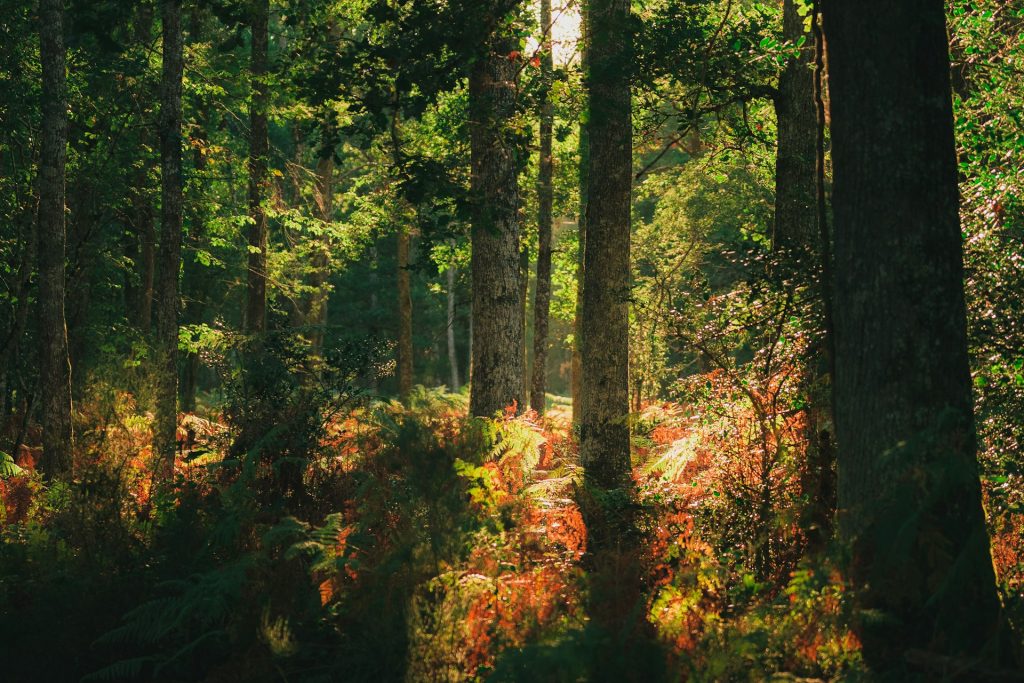
Kimmerer wrote that we could become indigenous to a place if we lived and cared for it “as if our lives, both material and spiritual, depended on it.”18 It seems obvious that our lives do depend on the land around us; surely, we have learned that lesson by now. Yet the journey from head to heart covers a vast territory. My mind accepts that I am one with all beings here, but I am unsure how to feel it in my bones and in my heart. As I wander the land, I pause to breathe in connection and ask the trees for guidance—and then I go indoors and lose my way again.
Excerpted with kind permission from:
Earth & Soul: Reconnecting amid Climate Chaos
Winner: 2024 Next Generation Indie Book Awards, Spirituality
Published by Bold Story Press
Available via your local bookstore or online
Footnotes
12 “Witless Bay Ecological Reserve—Environment and ClimateChange,” October 23, 2020,https://www.gov.nl.ca/ecc/natural-areas/wer/r-wbe/.
13 Amitav Ghosh,The Nutmeg’s Curse; Parables for a Planet inCrisis(Chicago: University of Chicago Press, 2021), 198.
14 Sheldrake,Entangled Life; How Fungi Make Our Worlds, ChangeOur Minds & Shape Our Futures, 16.
15 Ghosh,The Nutmeg’s Curse; Parables for a Planet in Crisis, 81.
16 Wall Kimmerer,Braiding Sweetgrass; Indigenous Wisdom,Scientific Knowledge, and the Teachings of Plants, 9.
17 Ghosh,The Nutmeg’s Curse; Parables for a Planet in Crisis, 53–55.
18 Wall Kimmerer,Braiding Sweetgrass; Indigenous Wisdom,Scientific Knowledge, and the Teachings of Plants, 9.


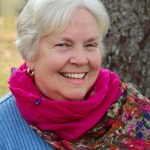
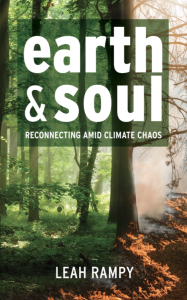
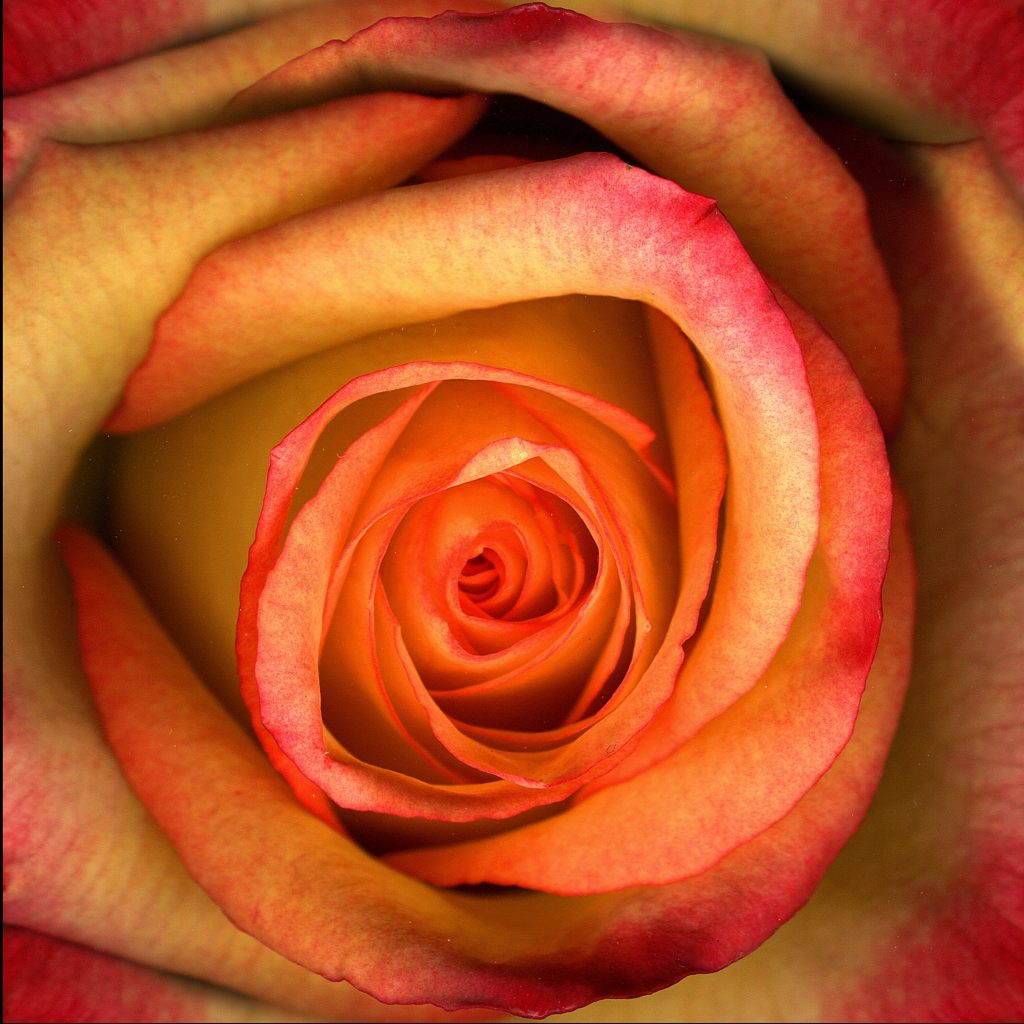
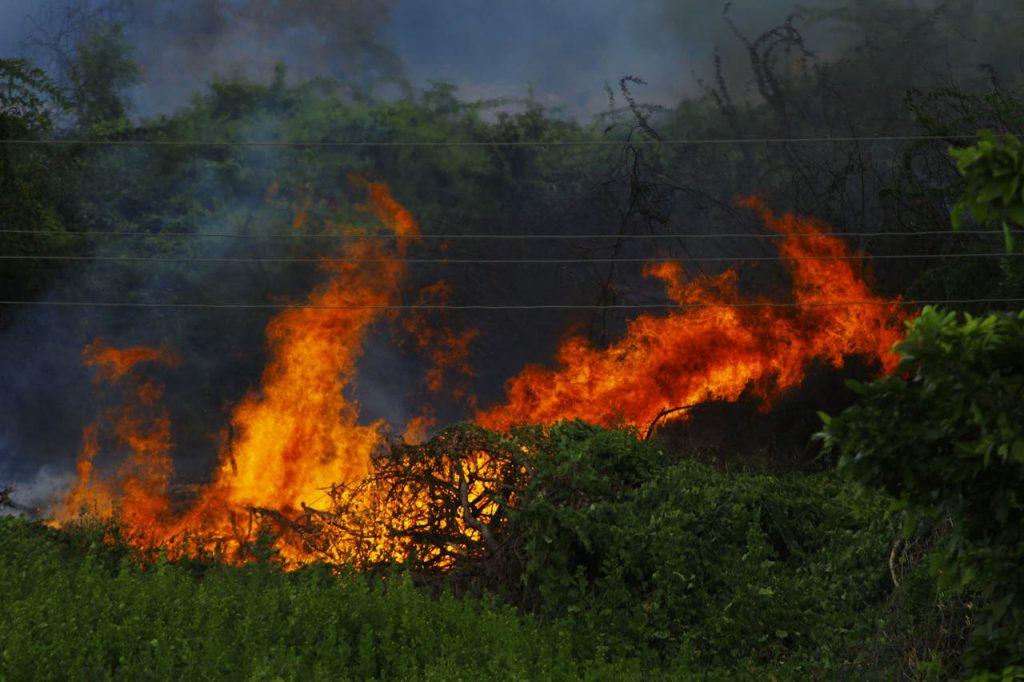
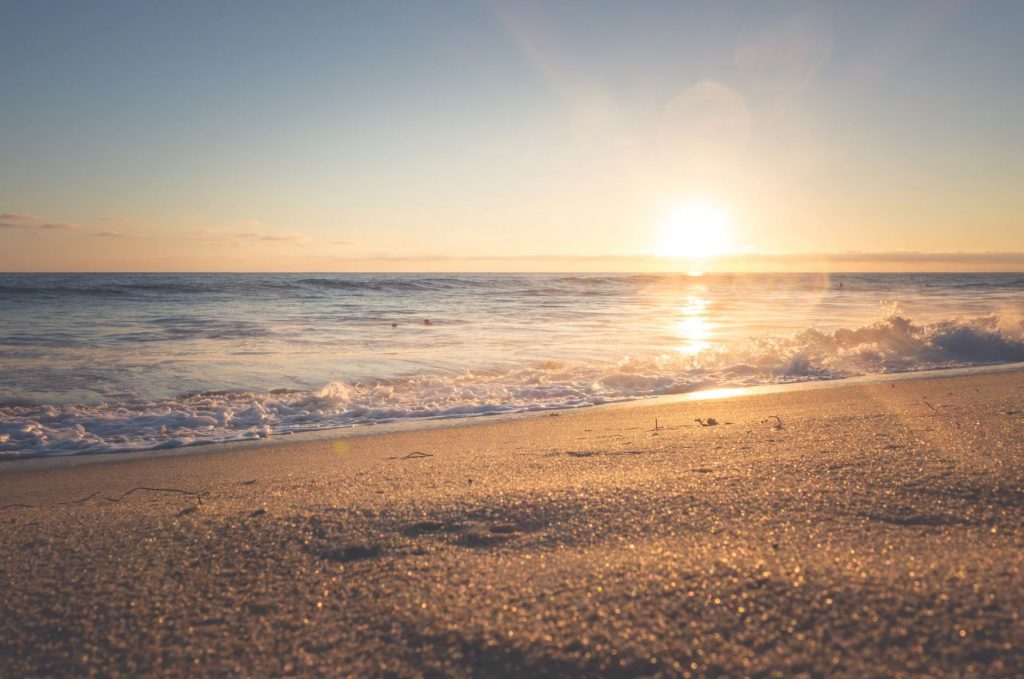
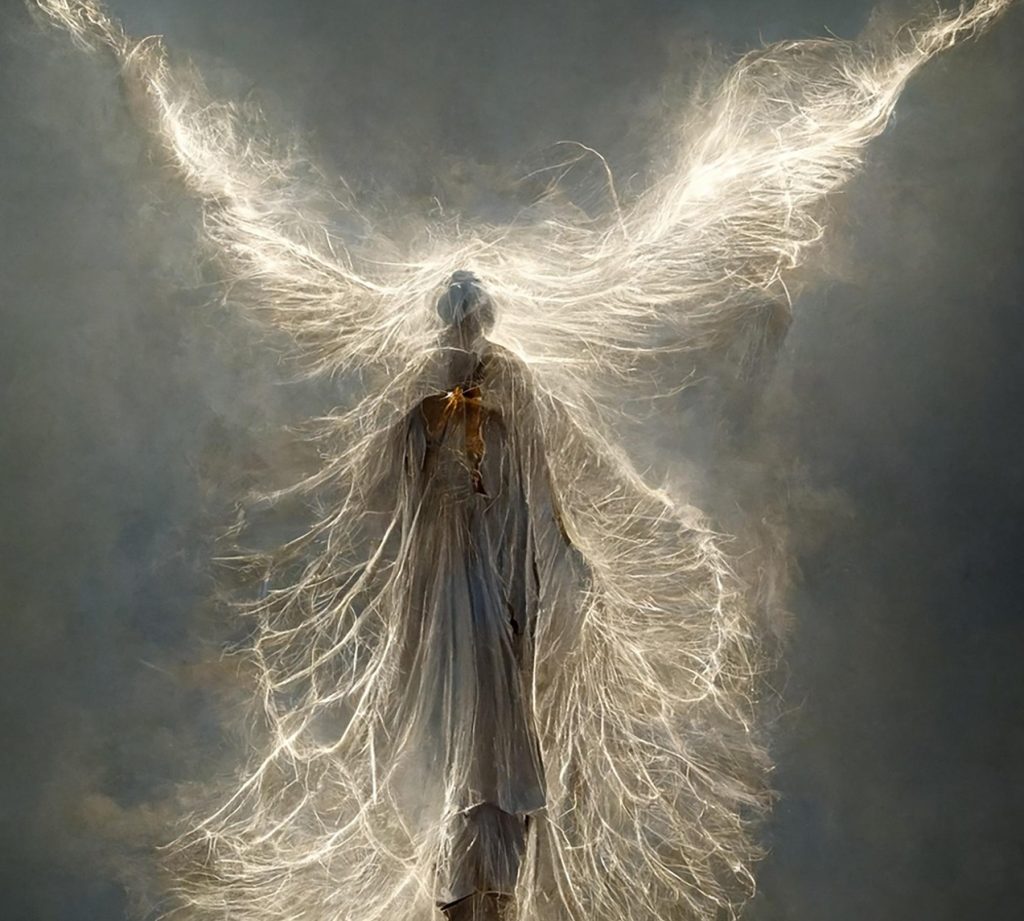
I really appreciate your parallel exploration between these two short words – kith and kin. When kith is reinvigorated, as you explore here, it has a subtle, yet powerful and permeable effect upon our experience of kin. The widening of heart-resonance with both the landscapes we live in and the people in our lives is critical. Your honesty about how this interweaving occurs through some focused communion with Nature can swiftly evaporate when the demands of ‘everyday life’ sweep in again, are a humble reminder of how fragile this link between kith and kin is now. Story-telling, with the tenderness you convey helps to re-inspire this living bond. Without tending this, how can we possibly hope to thrive!